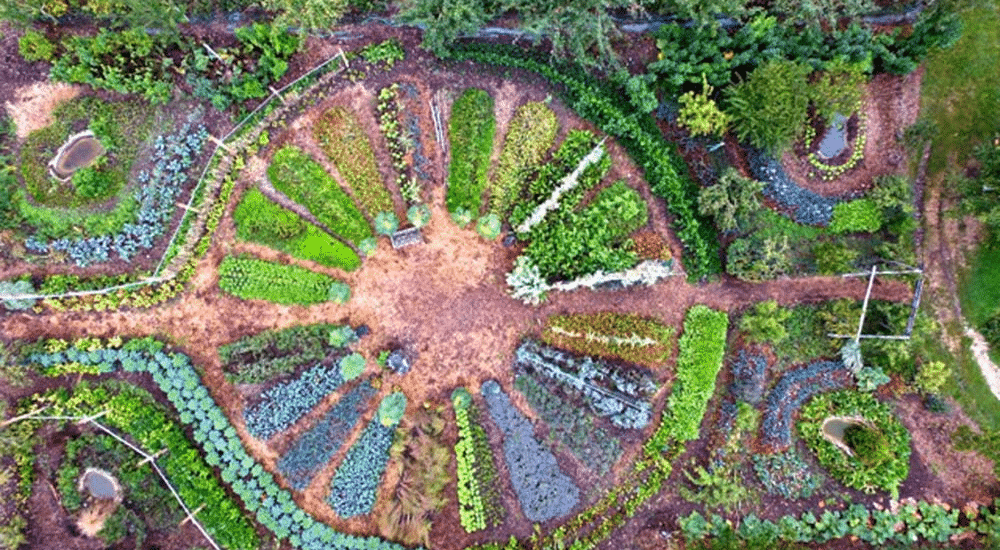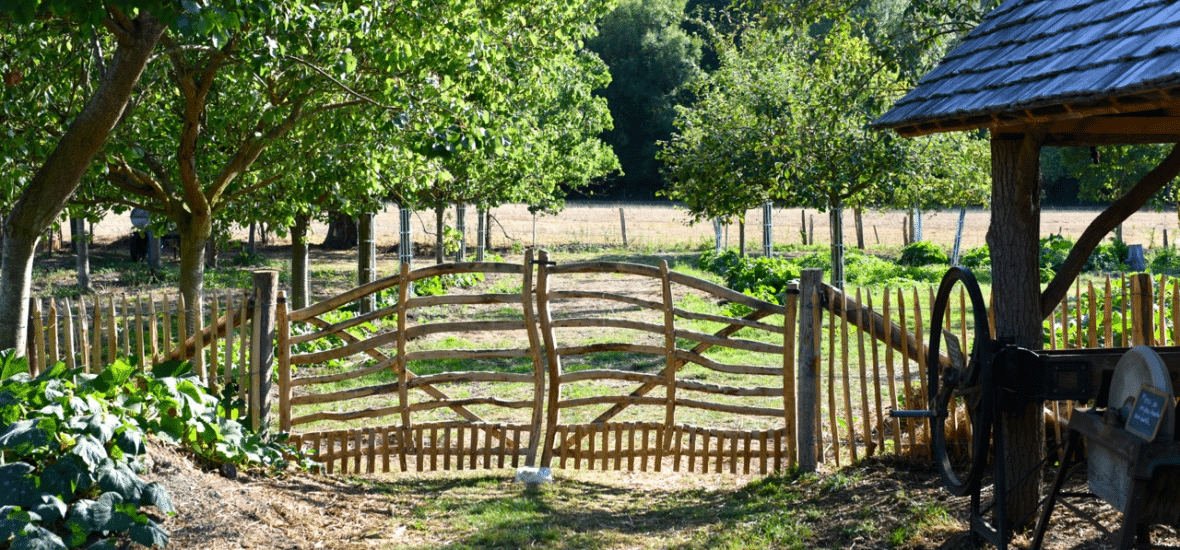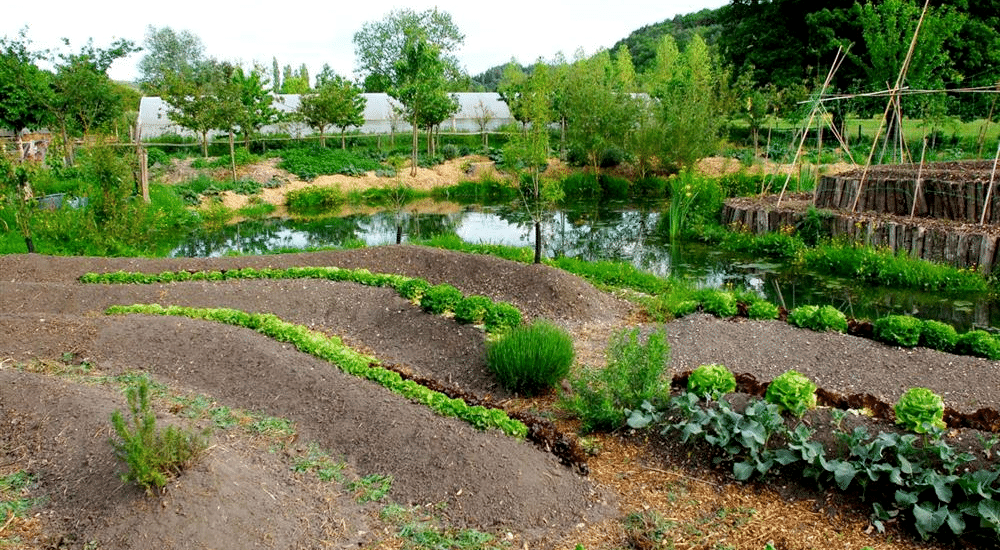Originating in Australia during the 1970s, permaculture draws inspiration from 19th and 20th century market gardening techniques; it is a method premised on painstaking observation of nature and rational organization of agricultural land. It stems from a postulate: Carried out by humans for centuries on end, artificialization and industrialization of the earth has its limits and is demonstrably less effective than natural treatment of the land. In order to optimize the riches of the earth on the basis of naturally effective and high-yield ecosystems, esthetically harmonious as well as productive plots need be created.
Since permaculture constitutes a response to major societal issues such as environmental protection and biodiversity, pollution and famine, not to mention migratory phenomena and employment opportunities in developing countries, Chambord wishes to participate in this ongoing movement by providing its active, exemplary support.
In this project, the National Estate of Chambord is drawing upon the expertise of Charles Hervé-Gruyer, the activity of the Bec Hellouin farm and the skills of Rémi Algis, landscape architect.
In Chambord, a vegetable garden will be brought into being in the “Maurice de Saxe” stables, where a vegetable patch once throve in the 19th century. The earth of Chambord will be put to work, as a hospitable source of new plantings and vegetables. In the context of its heritage conservation mission and in a spirit of eco-responsibility, with its unique eco-system that has been classified as a Natura 2000 site, Chambord is steadfastly determined to contribute to the safeguard of the environmental patrimony and to assume its responsibilities with regard to sustained development. Its overall project consists in reinterpretation of utopia at work in the pristine setting of an estate considered anew as a fertile, food-producing, nurturing domain. Permaculture opens up a humanist, revolutionary pathway through which the spirit of the Renaissance and its momentous inventions will be rediscovered.



Restoration of the stables
Before reconfiguring the stables, it is necessary to restore the few remaining vestiges of a site classified in France as a historic monument. As regards the original project, commissioned under Louis XV to the architect Jules Hardouin-Mansart, only the walls remain. During the 18th century Marshal Maurice de Saxe completed work on the stables as accommodations for his cavalry regiment, the Uhlans. The aforementioned high walls, sole trace of what once was, delimit the boundaries of the stable.
Conception and installation of a permaculture vegetable garden
The objective is to create an ecosystem based on a mosaic of ecological niches conducive to intensive production of fruits, vegetables and aromatic herbs in a small area, while dispensing to the largest possible extent with fossil energy. Painstakingly designed, the edible garden will be composed of a structured labyrinth of vegetables cultivated on permanent tussock grasses, and will also contain a backyard.
Conception and installation of pedagogical facilities
The hosting of schoolchildren and young visitors is part and parcel of the main missions of Chambord. The interest of grouped training rooms in the stables resides in their convenience and accessibility. The rooms will also host training seminars.
Village grove of Chambord
Creation of a permaculture vegetable garden is part and parcel of a larger project favoring and furthering the development of new vegetations throughout the estate. The village of Chambord harbors a long-standing tradition as a farming village, tradition that will be revived by the introduction, amidst its architecture, of vegetation that will be at once esthetically pleasant and amply nourishing.
The permaculture vegetable garden and the planting of trees throughout the estate will showcase the commitments of Chambord, which shall endeavor to become an exemplary agro-ecology site, a territory propitious to scientific studies and agronomical experimentation. Success of the project will encourage duplication in other heritage sites of the methods employed. The economic and ecological dimensions of permaculture will render the overall approach transposable in other places.
We are at your disposal to establish tailor-made sponsorship.
Become a sponsor, make your entrance into History!
Cécile Anger
International sponsorship and
partnership manager
cecile.anger@chambord.org